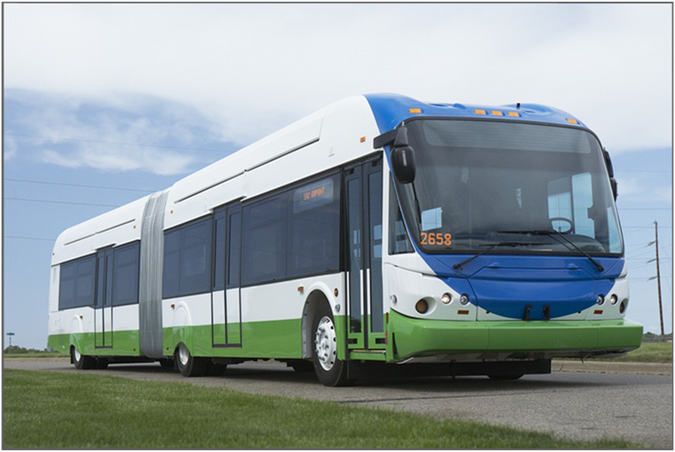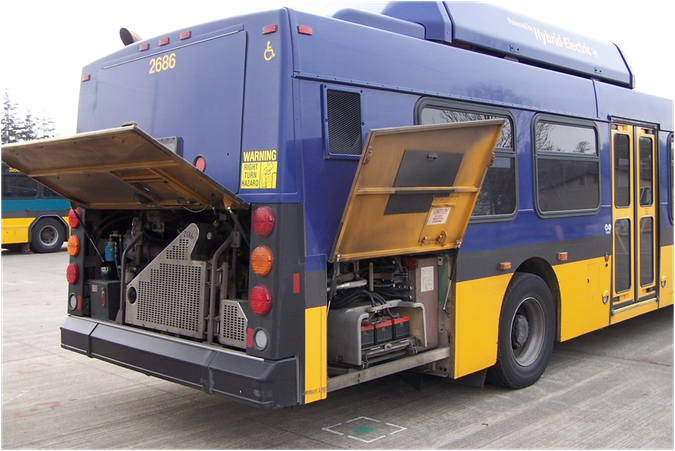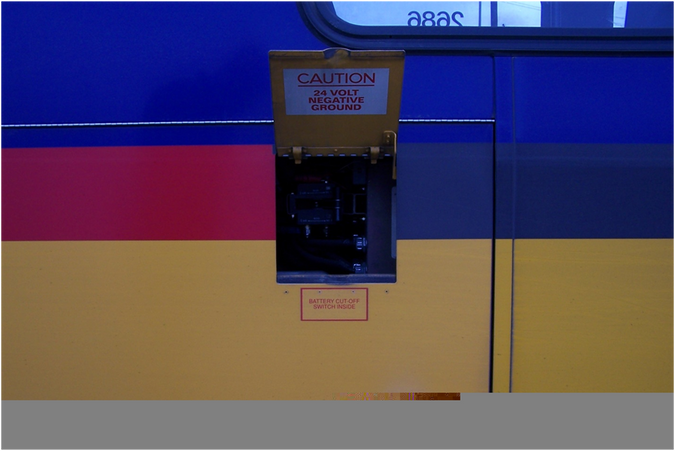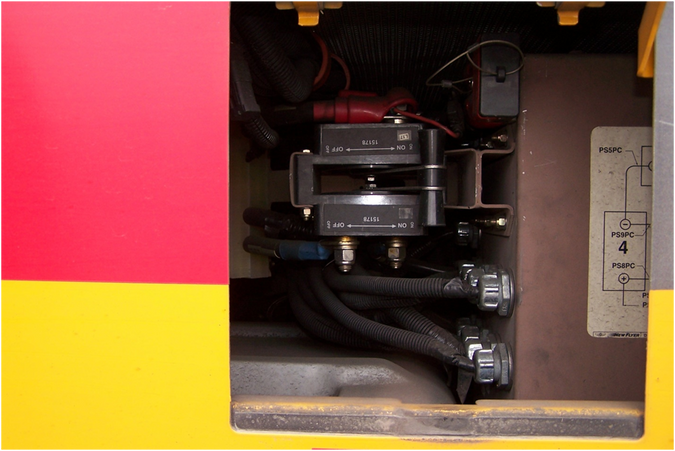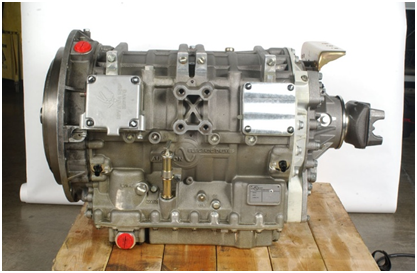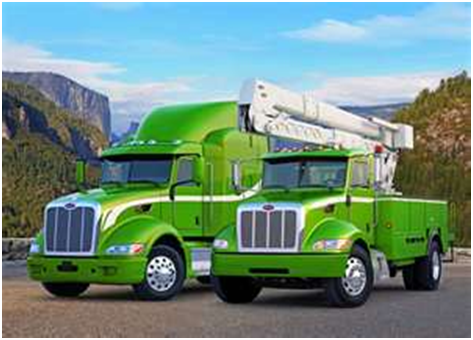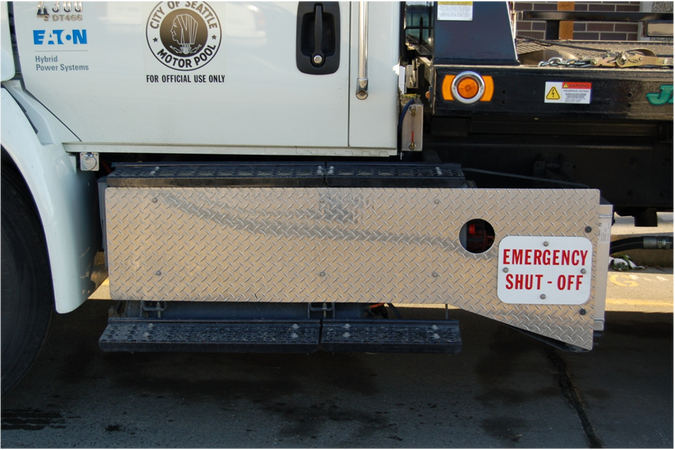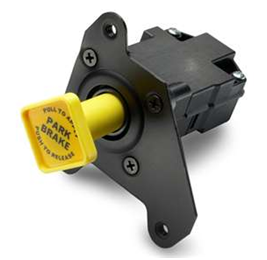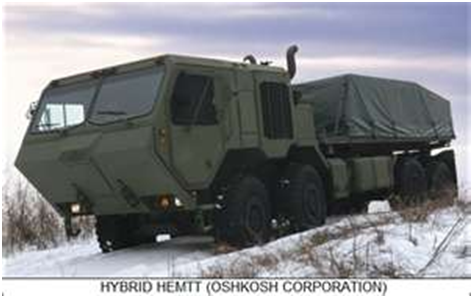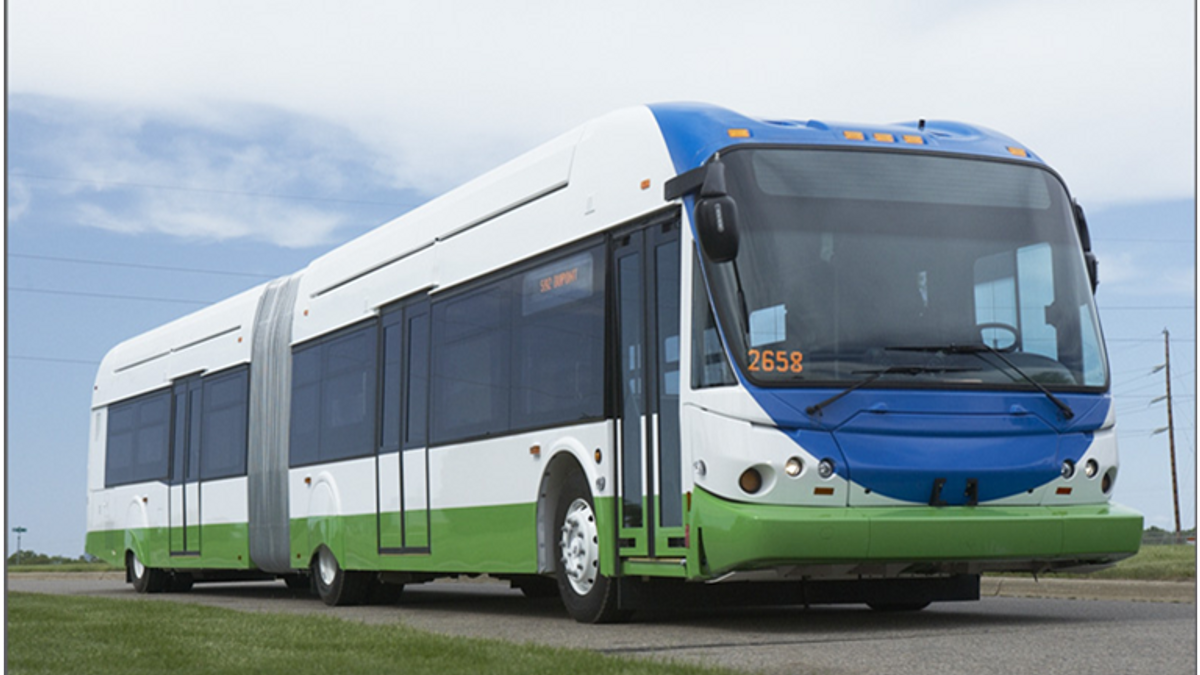
Hybrid Bus and Heavy Truck Systems
June 2nd, 2011
Categories
By Paul Bindon & Matt Stroud
As we gain an understanding of hybrid systems in the vehicles around us, it is necessary to note that hybrid vehicles come in all shapes and sizes. Hybrid systems are not just found in passenger vehicles and light duty trucks. Large, industrial vehicles also benefit from the efficiency of hybrid operating systems. Hybrid buses and trucks are being adopted by city and county government agencies and trucking companies, due to their ability to save fuel and reduce emissions and maintenance costs. The financial advantages alone are causing the number of these hybrids to be constantly increasing.
Now, a logical assumption could be made that if a passenger sized vehicle has high voltage systems, the large size buses and trucks must be really high voltage (dangerous) right? As a first responder, it is important to understand these vehicles so you will be prepared to respond without hesitation in the event of an MVA.
Why go hybrid?
Significant savings are achieved by hybrid systems in two ways; utilizing less fuel and a reduction in maintenance costs. Hybrid systems save fuel by generating electricity when they are slowing down. This function is called regenerative braking. The electricity generated is stored in high voltage batteries and then used to propel the vehicle the next time it accelerates. The fuel usage of a hybrid bus or truck can be cut significantly by hybrid systems because of the way they are driven. Continuously speeding up and then slowing down is a normal mode of operation for most of these vehicles. For example, UPS expects to save 193,173 gallons of fuel this year with their hybrid fleet. Because of the savings potential, both Fed EX and UPS have reported that they will replace all of their delivery trucks with hybrid or electric models.
Regenerative braking also reduces wear and tear on the braking system. The force required to generate electricity replaces friction operated brakes for much of the vehicles operation. Since the conventional brakes are not used nearly as much with this system, fewer brake repairs are necessary. In addition, electric drive motors are much less complicated than conventional transmissions. They have fewer moving parts to wear out and also contribute to a reduction in maintenance costs.
Emissions reductions
The greatest amount of pollution is created during acceleration from a stop and during extended idle periods. A 40% reduction in greenhouse gas emissions can be achieved through the use of hybrid systems. Hybrid systems utilize the high torque of electric motors to aid in acceleration. When the diesel engine takes over propulsion duties, it is at its most efficient range of operation. Hybrid systems also shut down the internal combustion engine automatically when the vehicle is stationary, thus helping with “no idle” regulations compliance. Since many cities now have “no idle” policies, hybrid systems are a very attractive way to comply with the new rules of operation. Reduced or zero idle time regulations apply to taxi, municipal, police and emergency vehicles as well. Ninety seconds of idle time is the norm, at which time the engine must be turned off. How can the climate control, lights and radio remain in operation without draining the battery? Emergency vehicles that incorporate hybrid systems to comply with new emission regulations are now undergoing field testing. When arriving on scene, the main diesel will shut down automatically after 90 seconds if the Power Take Off (PTO) systems are not being used. The SPS system, currently available from Spartan, automatically shuts down the main diesel and starts an auxiliary power unit that is smaller, more efficient, cleaner, and quieter to conform with these new regulations. The next generation of fire apparatus will be a full hybrid system, utilizing electric pumps for water distribution and electric powered hydraulic systems for ladder operations. The large diesel engine will then be used for propulsion only.
Transit and School Bus Systems
Hybrid transit bus systems resemble the passenger vehicle systems with the exception of size. The high voltage batteries are usually NiMH (Nickel Metal Hydride) and are placed on the roof of the bus. They therefore are away from the passenger area. System voltages are in the 800 volt range. The high voltage orange cables in transit buses run down the rear corner of the bus to the propulsion control system. Note the location of the battery housing on the roof in the picture below.
Emergency shut down procedures for bus systems involve disconnecting the low voltage electrical system. This will disconnect the high voltage system as well. Once disconnected, the high voltage will be contained inside the battery area. The battery disconnect is a knife type switch for low voltage batteries (24V). This disconnect switch is mounted behind a door that is labeled “Battery Disconnect” and is easily found in either the right rear corner, or the left front corner depending on bus manufacturer. Below is an example of the disconnect switch found on a New Flyer bus. (right rear)
The switch is usually labeled “ON” and “OFF”. Note that this switch from a New Flyer Hybrid Bus (below) is mounted upside down. In this case, the switch is labeled “NO” and something that might be a foreign language.
Below is an example of an Allison electric drive motor found in a New Flyer Hybrid Bus. This type of hybrid system motor drives the wheels directly without the use of a conventional transmission, or mechanical input from the diesel engine.
Since the diesel engine does not directly drive the wheels in this system, it is linked to the generator as outlined in the diagram below from a Gillig Hybrid Bus. This indirect link allows the diesel engine fuel system to be shut down to reduce emissions while the bus is still driving. This is used in the city of Seattle to allow buses to operate in the underground transit tunnel without producing unsafe levels of pollution.
School bus systems differ from transit bus systems in design. On the Enoya school bus, the 330 volt Li-ION (Lithium-Ion) batteries are located under the floor and between the frame rails. The system shut down switch is located on the drivers control panel. Shut off the hybrid system and the ignition switch as well when performing a power down. Shift the transmission to neutral and set the park brakes to help stabilize the bus.
Commercial Truck Systems
Truck systems differ from buses in several ways. The high voltage batteries are normally Lithium-ion instead of NiMH, and operate in the 400 volt range. They are located on the frame rail where a fuel tank would normally be mounted. The high voltage portion of the hybrid truck systems is not only used for propulsion. It can be used for several different tasks, depending on what the vehicle is designed for. It can be used for an electric PTO only as in the case of a utility truck. It can be used for refrigeration in a delivery truck, or as a power supply to be used during the typical 6 hour truck stop rest periods for long haul, class 8 trucks.
Shut down procedures for hybrid trucks also differ from bus systems, and involve the battery disconnect switch mounted on the battery itself. It is a button or slap type switch that will shut down the high voltage system until the ignition key is used to restart. The low voltage system must still be disconnected as in any conventional vehicle.
Simply depress the red button (as seen below) to shut down the vehicle’s high voltage system.
It is important to remember that stabilization is important whenever vehicles are involved in an MVA. Buses and trucks differ from conventional vehicles in that they do not normally have a “park” position for the transmission. The air brakes must be engaged to help stabilize the vehicle. Look for the yellow switch you see below.
Military Truck Systems
The military is embracing the use of hybrid and electric vehicles due to the many benefits described above plus the advantage of quiet operation. The HEMTT (heavy expanded mobility tactical truck) is available as a hybrid, and can be configured as a mobile power generator that has the capability of producing all the electricity needed to run a field hospital. It uses an ultra capacitor system instead of batteries to store the energy required for propulsion. This system not only makes the HEMTT as quiet as a normal sedan, it also increases its fuel economy from 3 to 4mpg (a 20% increase).
Conclusion
The truck and bus hybrid systems differ from conventional vehicles mainly in size. Stabilization of these vehicles can be more challenging due to their size, but the basic procedures are mostly the same. Immobilize the vehicle. Power the vehicle down. Proceed with extrication of patients as necessary.
